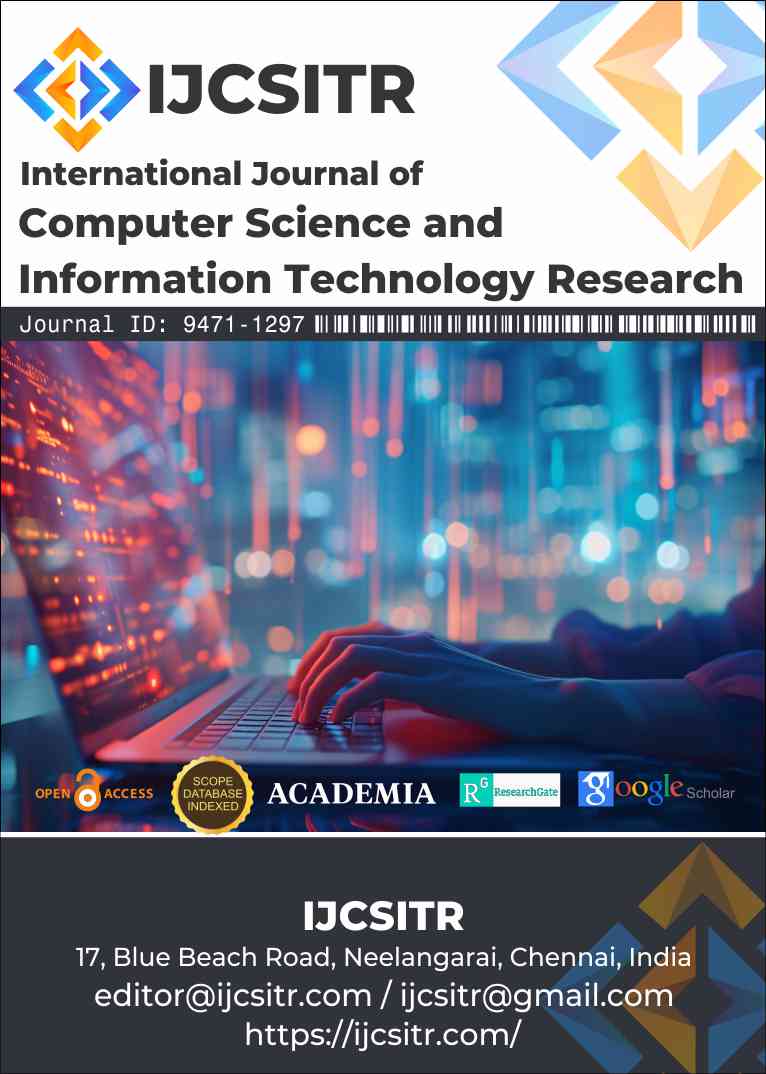The Impact of Cloud and AI on Actuarial Science and Life Insurance Pricing Models
Keywords:
Actuarial Science, Life Insurance Pricing, Artificial Intelligence (AI), Cloud Computing, Predictive Analytics, Data-Driven Decision-Making, Dynamic Pricing Models, Risk Assessment, Ethical AI, Scalable InfrastructureAbstract
The integration of cloud computing and artificial intelligence (AI) has significantly transformed actuarial science, particularly in life insurance pricing models. Traditional actuarial methods, often limited by static assumptions and computational constraints, are being replaced by dynamic, data-driven approaches that incorporate real-time customer behavior and external variables. AI-powered tools enable advanced risk assessment and predictive analytics, while cloud platforms provide scalable infrastructure for processing large datasets efficiently. This paper explores the evolution of actuarial models, highlighting the role of AI and cloud technologies in enhancing pricing accuracy, operational efficiency, and customer satisfaction. Key challenges, including data quality, ethical considerations, and regulatory compliance, are also discussed, alongside emerging trends and future opportunities. By addressing these challenges, the insurance industry can unlock the full potential of AI and cloud innovations, paving the way for more personalized and equitable insurance solutions.
References
Redington, F. M. (1952). Review of the principles of life-office valuations. Journal of the Institute of Actuaries, 78(3), 286-340. doi:10.1017/S0020268100052811
Frees, E. W., Meyers, G., & Derrig, R. A. (2014). Predictive modeling applications in actuarial science. Cambridge University Press. https://doi.org/10.1017/CBO9781139342674
Norberg, R. (1990). Prediction of outstanding liabilities in non-life insurance. ASTIN Bulletin, 20(1), 125-140.
Gao, G., & Zhou, X. Y. (2010). Stochastic interest rate modeling in insurance pricing. Journal of Risk and Insurance, 77(3), 583-609. Retrieved from https://journals.sagepub.com
Bauer, D., Boerger, M., & Ruin, W. (2012). On modeling and management of longevity risk: A review. European Actuarial Journal, 2(1), 1-27. Retrieved from
Antonio, K., & Plat, R. (2014). Mortality modeling with machine learning techniques. Insurance: Mathematics and Economics, 55, 42-52. Retrieved from
Richman, R., & Wüthrich, M. V. (2018). Boosting machine learning in life insurance pricing. European Actuarial Journal, 8(1), 85-110. Retrieved from
Dixon, M., Halley, A., & Verma, P. (2020). Using real-time behavioral data for dy-namic life insurance pricing. PLOS ONE, 15(2), e0228892. Retrieved from
Gupta, R., & Sun, J. (2016). Cost-effectiveness of cloud computing in actuarial modeling. IEEE Transactions on Services Computing, 9(5), 689-703. Retrieved from
Kou, W., Zhang, Y., & Qiu, M. (2018). Cloud-enhanced actuarial workflows: Collab-oration and cost-efficiency. Computers & Industrial Engineering, 119, 387-400.
Zhang, X., Li, J., & Chen, Y. (2021). Hybrid cloud solutions for actuarial science. Journal of Cloud Computing, 10(1), 1-18. Retrieved from https://journals.sagepub.com
Downloads
Published
Issue
Section
License
Copyright (c) 2024 Surendra Mohan Devaraj (Author)

This work is licensed under a Creative Commons Attribution-NonCommercial 4.0 International License.







